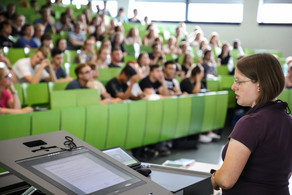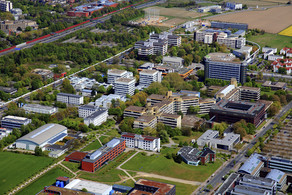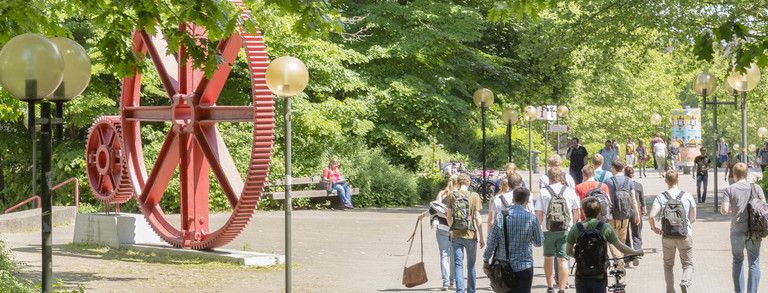Thematic Focus
You are welcome to submit an abstract for a single paper, poster presentation, or symposium. We appreciate it if one of the following topics is addressed:
- The educational relevance of religious and ideological traditions for the development of perspectives on the pressing crises of our time.
- The organisation of learning in, from, or about religions and worldviews at school (composition of the learning group, dominant perspective) and what impact this has on issues of social cohesion.
- The knowledge and skills related to religion and worldviews that students need today in the face of increasing societal polarisation and fragmentation.
- The design and effectiveness of learning processes to achieve relevant knowledge and skills.
- The challenges for the professionalisation of teachers.
- The influence of other socialisation contexts such as family, religious communities, etc. on students' learning requirements.
Papers not strictly related to the main theme are welcome as well and will be included where possible.
Types of presentation
You can choose between the following three types of presentation:
- Single Paper: Single paper sessions are scheduled for 75 to 90 minutes and consist of two thematically clustered papers. Each presenter is offered 20 minutes to present their paper, followed by 15 to 25 minutes of discussion facilitated by the chair.
- Poster Presentation: Poster sessions are scheduled for 90 minutes and consist of 4-6 thematically clustered posters. A poster session offers researchers the chance to present their work in a visual format, accompanied by an oral presentation, with opportunities for discussion. A short oral presentation of about 5 minutes for each poster is given. After the authors’ brief presentation, an in-depth discussion between them and the audience follows.
- Symposium: Symposia provide an opportunity to present research on one topic, often from multiple perspectives, compiling a coherent set of papers for discussion. Symposia are scheduled for 90 minutes and consist of two to three presentations (total of 45 minutes) followed by 45 minutes of discussion facilitated by discussant.
Submission
Abstract submission starts in mid-November and ends on 1 April.
You must submit your abstract (100-300 words) and an extended summary (500-1,000 words) through the EARLI conference system. To get there, please click on this link and follow these steps:
- Log in with your account. If you do not already have an account, you will need to create one first (EARLI membership is not required to create an account).
- On your user dashboard, scroll down until you see "My Submissions" on the left side. Click on the green box "New Submission".
- Select the SIG19 conference from the list and click on the green box "New Submission" again.
- Follow the further instructions on the website.
Please note that at least one of the presenters must also register for the conference in order for a paper, poster, or symposium to be accepted.




